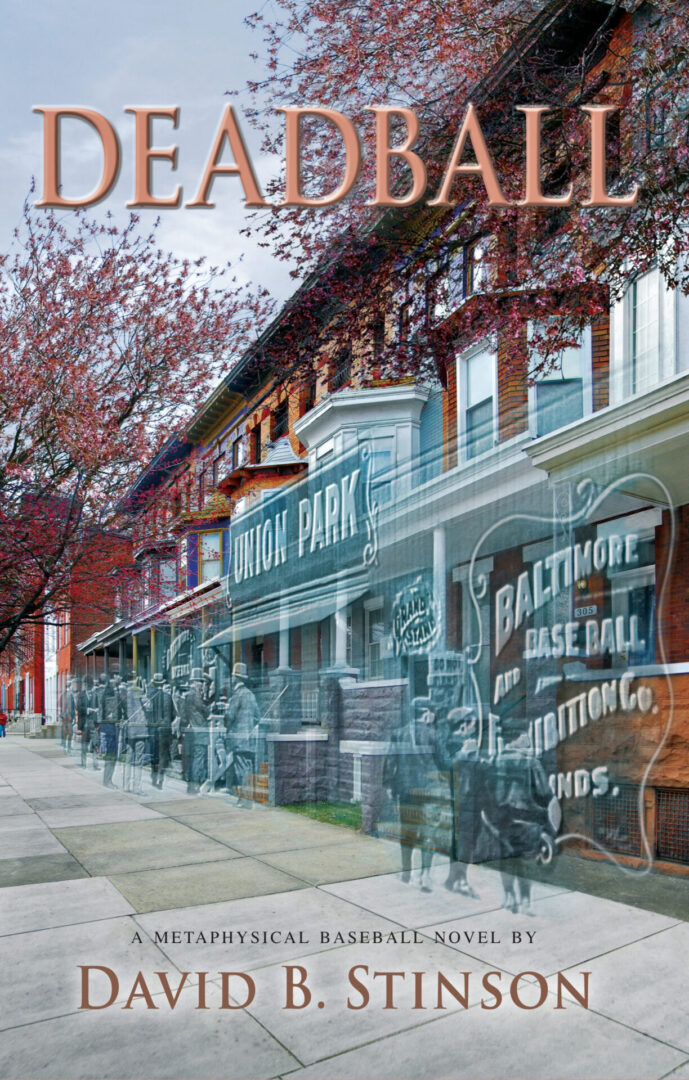Nicollet Park was a minor league ballpark in Minneapolis, Minnesota, located approximately two and one half miles south of the Hubert H. Humphrey Metrodome.
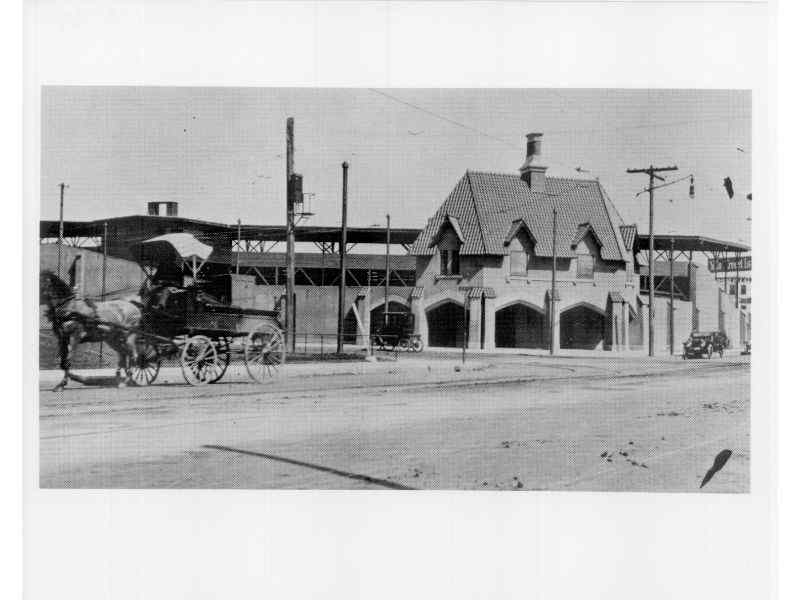
The distinctive Tutor building that was the main entrance to Nicollet Park (shown in the photograph above) was located behind the former right field corner at the intersection of 31st Street and Nicollet Avenue.
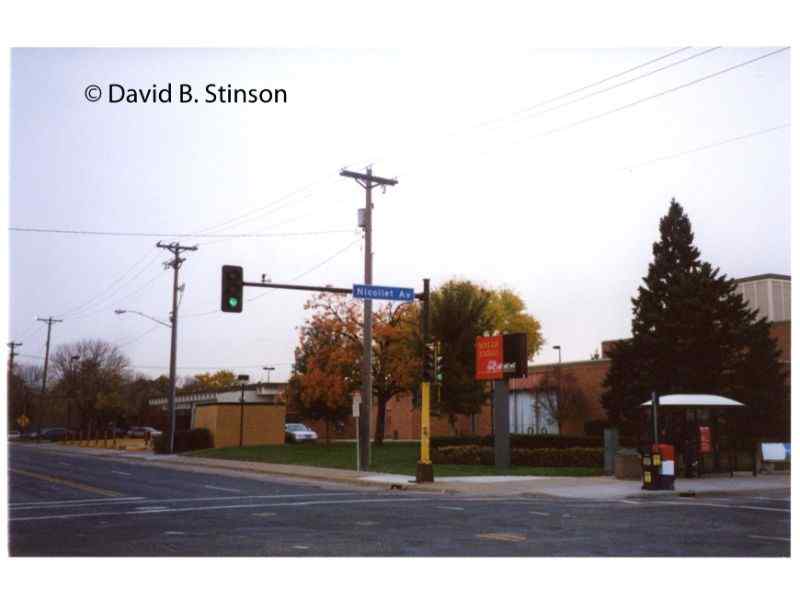
Home plate was located at the corner of Blaisdell Avenue and 31st Street. The ballpark faced northeast.
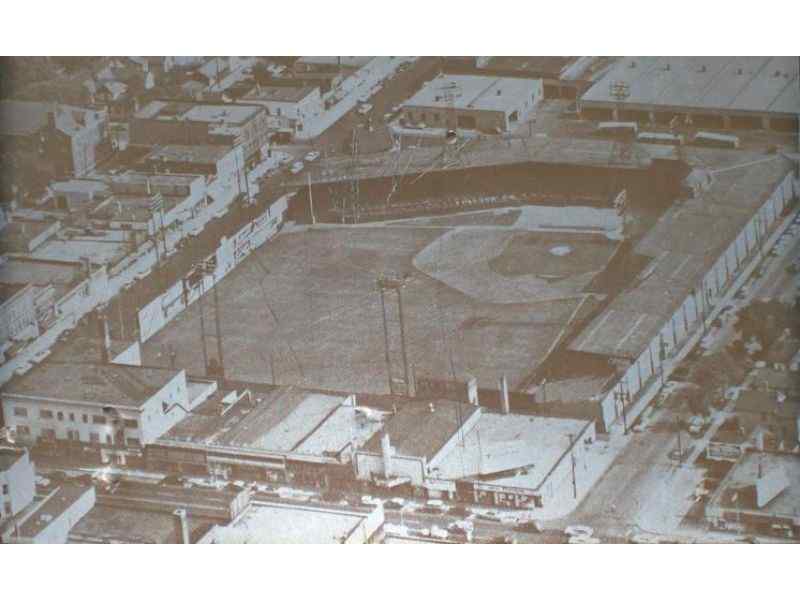
A Wells Fargo Bank is located in the area that was once right and center field. The former infield is now the bank’s parking lot.
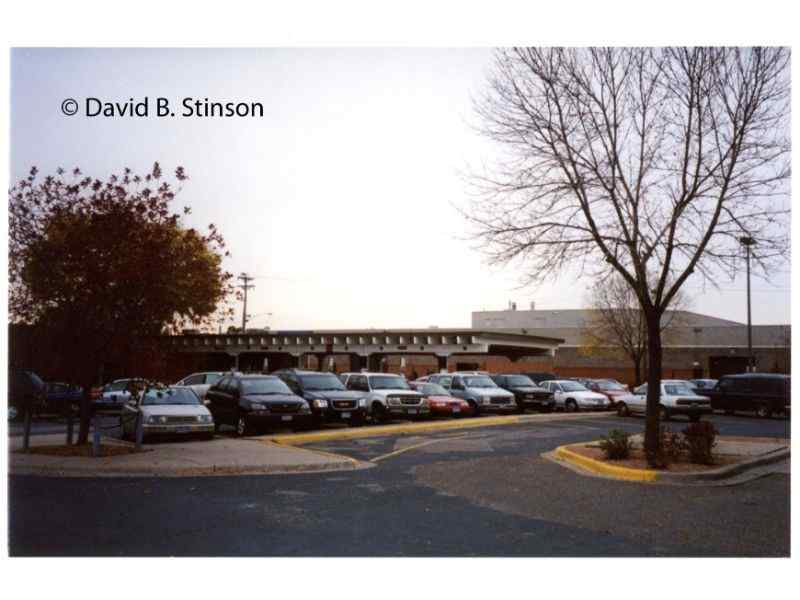
Located near the former infield is a Minnesota Historical Marker celebrating the 60 years, from 1896 to 1955, that baseball was played at the site.
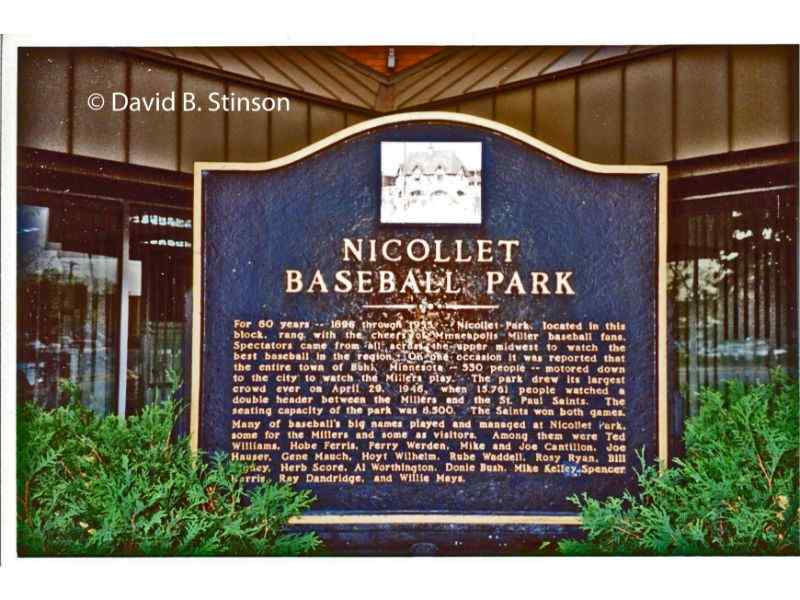
The historical marker notes that Nicolett Park enjoyed one of the longest running ground leases for a sports venue, running from 1896 until 1951, when the property was purchased by Northwestern National Bank of Minneapolis. The bank building that now occupies the site was originally constructed in 1957.
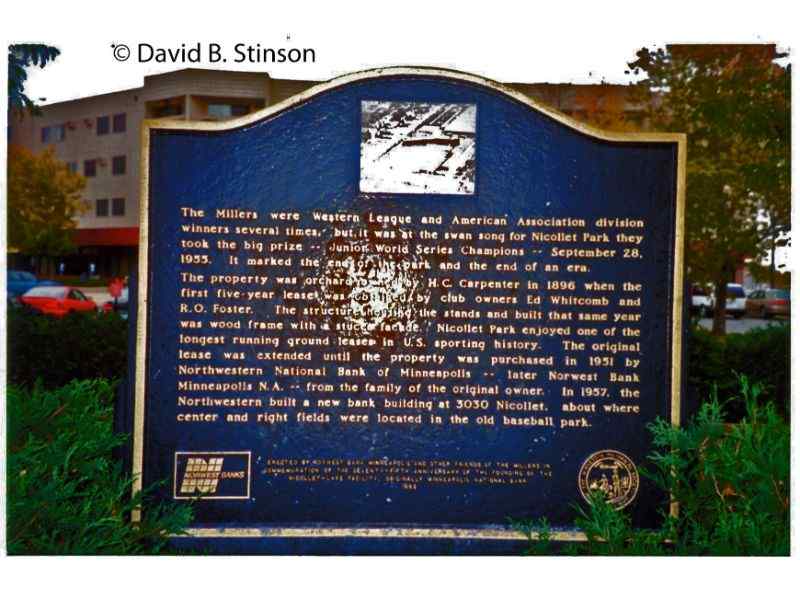
Beyond the left field fence that ran parallel to Lake Street were several one story brick commercial buildings, since demolished and replaced by a four story apartment building constructed in 1981.
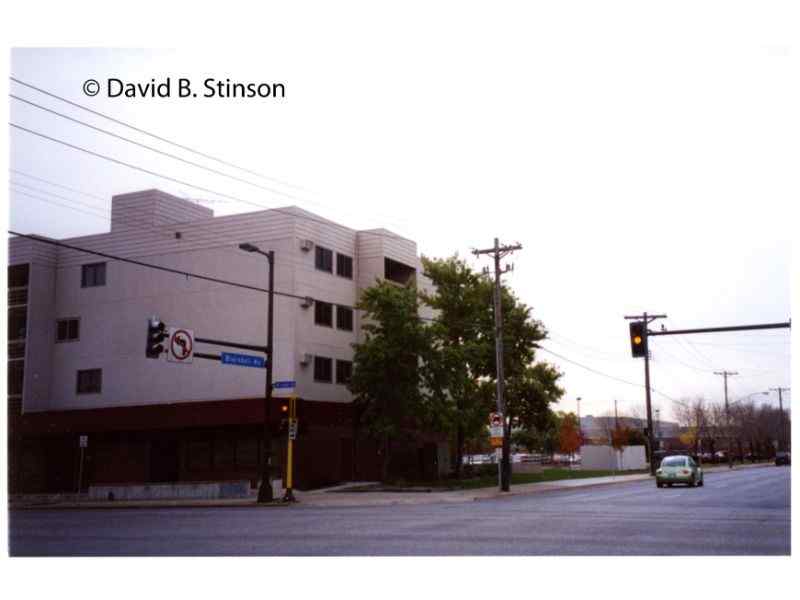
Nicolett Park was home to the Minneapolis Millers of the Western League (1896 -1899), the American League (1900 – in 1900 the American League was a minor league), and the American Association (1902 – 1955). The American Association Millers won nine pennants, including one in its last season of play in 1955. From 1908 to 1911, Nicollet Park was also home to the Minneapolis Keystones, an independent, barnstorming black ball club. The Keystones were not a formal negro league team, having played over a decade before the formation of the Negro National League.
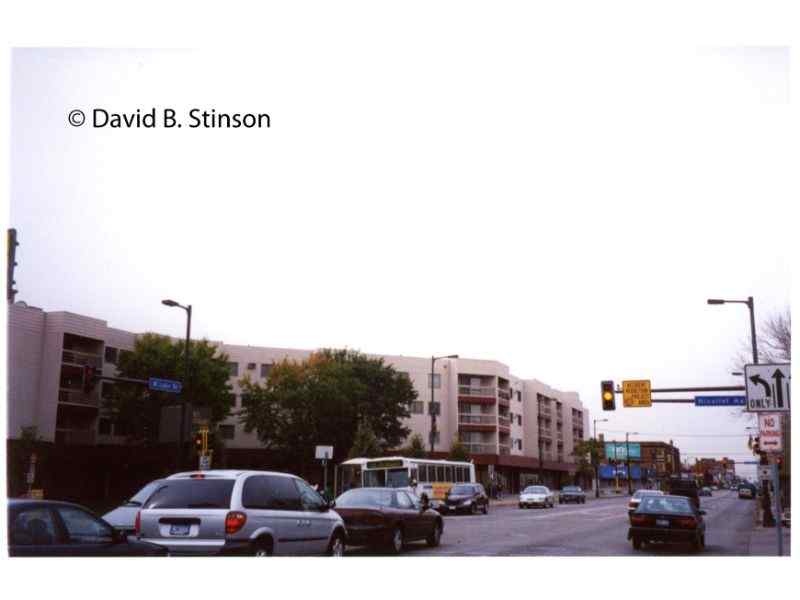
Notable Minneapolis Millers who played at Nicollet Park include future Hall of Famers Ray Dandridge, Willie Mays, and Ted Williams. Dandridge, a standout Negro League player for the Newark Eagles, played for the Millers at the end of his career, from 1949 to 1952. Mays played for the Millers at the beginning of his career, in 1951, for only 35 games (in which he batted .477, hit height home runs, scored 38 runs, and drove in 30). Williams played for Minneapolis as a 19 year old in 1938. That season he led the American Association in home runs, batting average, and RBI. Other future Hall of Famers who played for the Millers include Roger Bresnahan (1898-1899), Jimmy Collins (1909), Rube Waddell (1911-1913), Orlando Cepeda (1957), and Carl Yastrzemski (1959-1960). Babe Ruth played in at least two exhibition games (1924 and 1935) at Nicollet Park as well.

According to Lawrence Ritter’s Lost Ballparks, it was at Nicolett Park that General Mills (a Minneapolis company) first used the slogan “Breakfast of Champions” in a sign on the outfield fence. The advertising billboard was installed at the park in 1933 following the Miller’s pennant winning season of 1932. Nicollet Park is also the setting for what is perhaps just baseball folklore, when Minneapolis Miller Andy Oyler (a former Baltimore Oriole) purportedly hit the shortest home run in professional baseball. The story goes that a ball off the bat of Oyler got stuck in the mud in front of home plate and before the opposing team could retrieve the ball, Oyler had scored on an inside the park home run.
Across from the former left field corner, at the intersection of Lake Street and Blaisdell Avenue, is Champions Bar and Grill which dates back to the last few years of Nicollet Park’s existence.
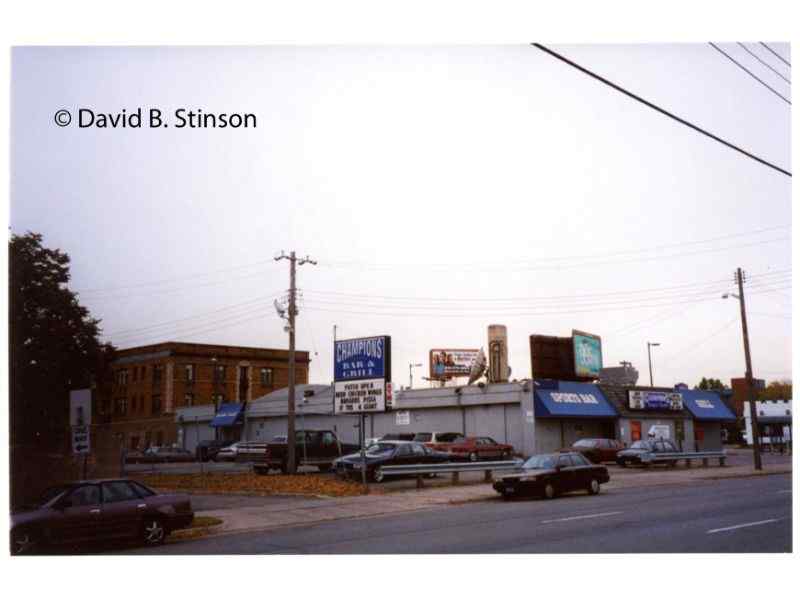
Champions appears to be the only building located next to the ballpark site that remains from the time of Nicollet Park. The historical marker placed in the Wells Fargo parking lot is the only clue that there once was a ballpark located in this nondescript city block south of downtown Minneapolis.
Postscript: Thanks to Rubin Latz for sharing his picture of a foul ball caught by his father at Nicollet Park on April 28, 1946. The baseball was manufactured by Wilson and is stamped “Affiliate of the American Association.”
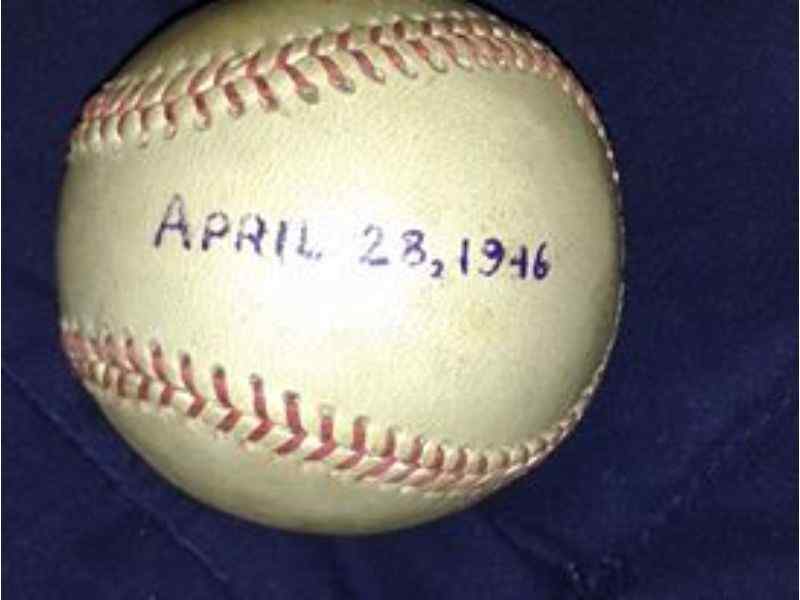
On that April day, the Minneapolis Millers played a double header against their cross town rivals, the St. Paul Saints. According to Stew Thornley’s “Baseball in Minnesota: The Definitive History,” a record crowd of 15,761 fans attended the game, with some 5000 fans standing on the field. Twenty-four doubles were hit during those two games, with the Saints victorious in both games.
